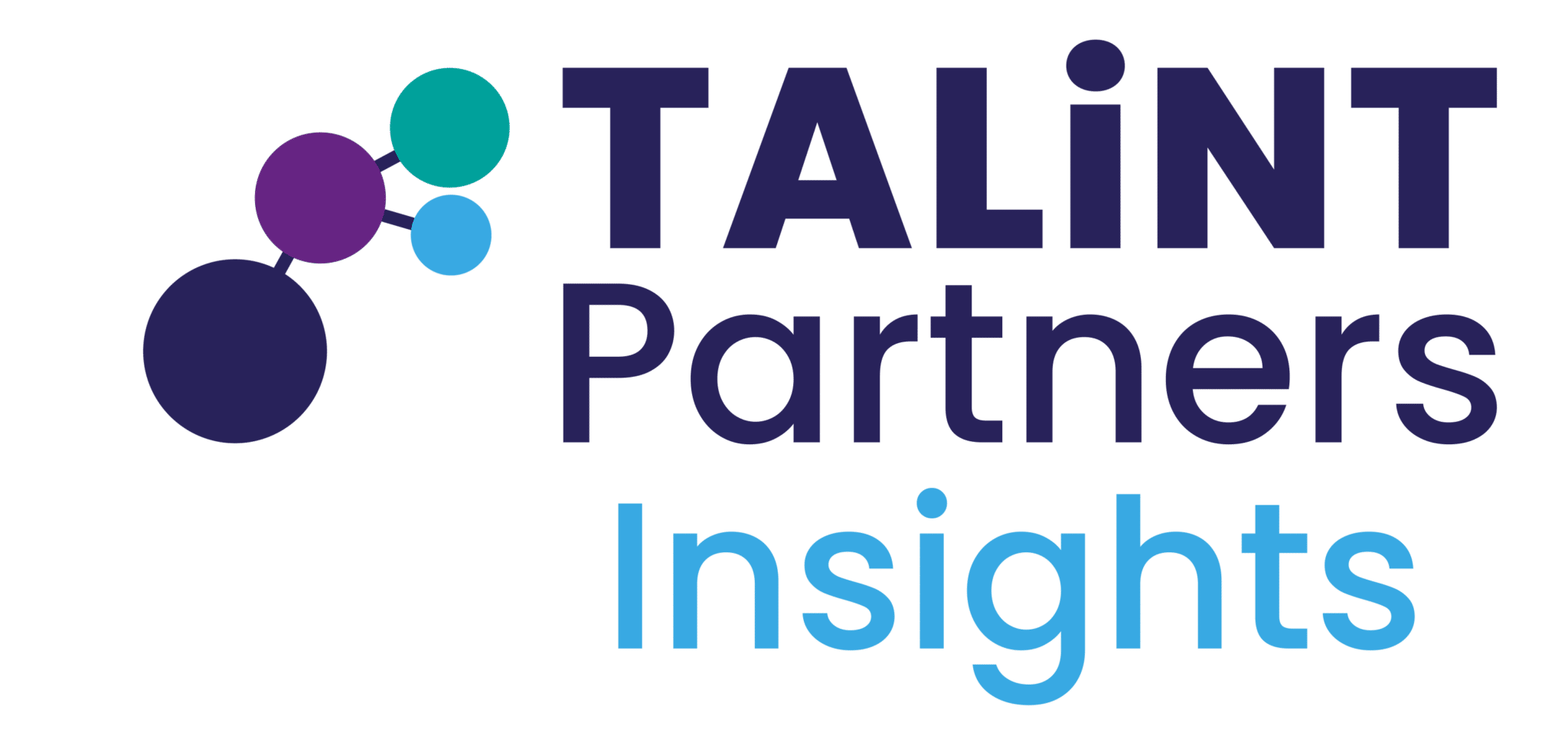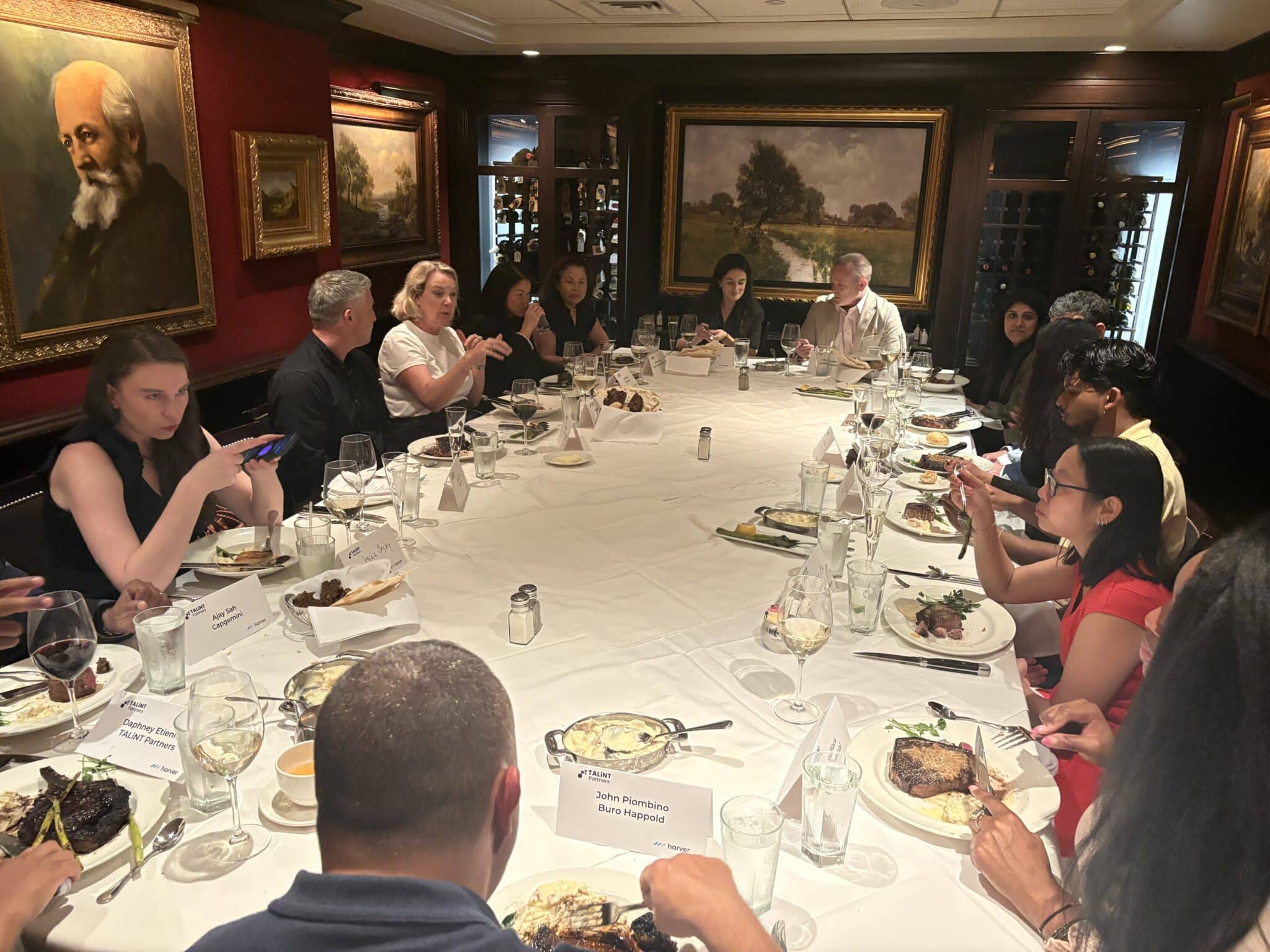In the Asia-Pacific (APAC) region, the disconnect between procurement and workforce strategy leaders from talent and HR decision-making processes presents significant challenges. This separation often leads to inefficiencies, prolonged procurement cycles, and missed opportunities for organisational growth.
The current landscape in APAC
A recent survey from pwc highlights that 65% of procurement departments in APAC prioritise cost control as their top objective. However, this focus often results in procurement functions operating in silos, detached from HR and talent management strategies. This detachment can hinder the alignment of procurement activities with organisational goals, particularly in talent acquisition and management.
The impact of disconnected procurement and HR functions
A lack of alignment between procurement and HR leads to significant hiring delays, skills shortages, and reduced agility. In Australia and Japan, the average time to hire has hit 44 days, with specialised industries like technology, healthcare, and finance facing even longer timelines.
Rigid procurement processes – such as lengthy vendor approvals for recruitment agencies, workforce tech, and outsourced staffing – prevent HR from responding quickly to talent needs. These delays make it harder to secure top candidates before competitors and leave critical roles unfilled, impacting project timelines, productivity, and revenue, particularly in industries reliant on contingent workers.
Underutilisation of procurement expertise
Procurement teams in India and South Korea are skilled in supplier negotiations, cost optimisation, and risk management, and yet these capabilities are often under-leveraged when it comes to HR and talent services. When procurement is not involved in discussions on recruitment, workforce technology, and strategic partnerships, organisations miss out on valuable expertise that could help to improve cost efficiency and supplier performance.
For example, procurement teams could play a crucial role in negotiating better terms with recruitment firms, ensuring organisations receive optimal service levels while managing costs effectively. They could also help HR teams assess workforce technology vendors, ensuring investments align with both budget constraints and long-term workforce strategy. However, without collaboration between these functions, HR often makes these decisions in silos, sometimes leading to inefficient contracts, unnecessary costs, or suboptimal technology choices.
The financial and operational impact
The disconnect between procurement and HR doesn’t just lead to inefficiencies – it also results in significant financial implications. As Kris Clelland, APAC MD here at TALiNT Partners recently highlighted:
“Not only this but 85%+ procurement spend across all departments never being seen or touched by procurement, procurement processes in HR and Talent (Services, Partnerships and Tech) often taking up to 36 months, when streamlining could reduce this to hours, or days at worst.” In regions like Indonesia and the Philippines, where business growth is rapid, such delays severely hinder talent acquisition efforts.
This statistic is staggering – suggesting that the vast majority of spending on workforce solutions, recruitment services, and HR technology is not actively managed or scrutinised by procurement. Without oversight, businesses may be overspending on suppliers, paying for redundant services, or failing to take advantage of cost-saving opportunities.
Additionally, the length of procurement processes – sometimes extending up to three years – creates barriers to agility. While businesses could potentially onboard a talent management solution or recruitment provider in a matter of days with the right streamlined processes, these extended procurement cycles mean they risk falling behind competitors who can move faster.
The need for integration
To remain competitive in the rapidly changing labour markets of Australia, Japan, and Southeast Asia, organisations must rethink the relationship between procurement and HR. By fostering collaboration between these functions, businesses can unlock greater efficiency, improve talent acquisition timelines, and optimise spending on workforce solutions.
Strategies for integration
To bridge the gap between procurement and HR, organisations across countries in the region like India, Singapore and Japan, should consider the following strategies:
- Cross-functional teams: Establish teams comprising members from both procurement and HR to collaborate on talent acquisition and management projects. This approach ensures that procurement strategies align with HR needs and organisational goals.
- Shared technology platforms: Implement integrated technology solutions that allow both functions to access and share relevant data, facilitating better decision-making and streamlined processes.
- Joint training programs: Develop training initiatives that educate both procurement and HR professionals on each other’s processes and challenges, fostering mutual understanding and collaboration.
Final thoughts
Aligning procurement with HR and talent strategy is critical for organisational success in the region. The disconnect between these functions leads to inefficiencies, prolonged hiring timelines, and unnecessary costs. As Kris highlighted, over 85% of procurement spend goes unmanaged, and drawn-out procurement cycles – sometimes up to 36 months – prevent businesses from securing talent quickly.
By streamlining processes and fostering collaboration, companies can reduce hiring bottlenecks, optimise costs, and ensure workforce investments align with business goals. Strategies like cross-functional teams, shared technology, and joint training will help bridge the gap. Businesses that integrate procurement and HR effectively will gain a competitive edge, improving agility and efficiency in an evolving talent market.





